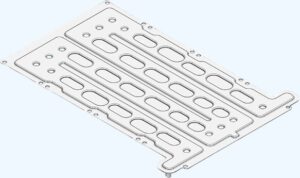
Sheet Metal Battery Cooling Plates:Precision Design for EV Thermal Management
The rapid rise of electric vehicles (EVs) and energy storage systems (ESS) is reshaping how industries think about thermal management. As battery energy density continues
We regularly update articles related to the manufacturing industry.

The rapid rise of electric vehicles (EVs) and energy storage systems (ESS) is reshaping how industries think about thermal management. As battery energy density continues
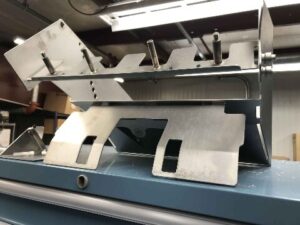
Food-grade sheet metal fabrication is at the heart of every reliable food-processing system. In this field, each bend, weld, and surface finish directly affects hygiene

Have you ever launched a new metal part that met the drawing perfectly, only to find the assembly wouldn’t fit later? Or received parts that
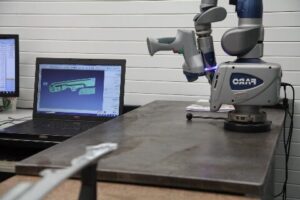
In sheet metal fabrication, precision is not just a goal — it’s a requirement. A single misalignment of 0.2 mm can cause door panels to
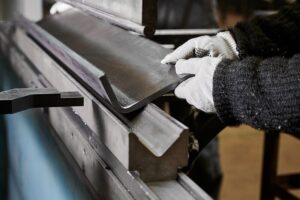
Outsourcing sheet metal production has become a strategic decision rather than a cost shortcut. According to a 2024 Deloitte manufacturing survey, over 65% of global
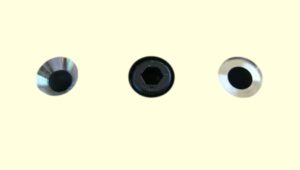
In sheet metal design, even a small detail like a hole can determine whether a product looks professional or fails in assembly. Many engineers face
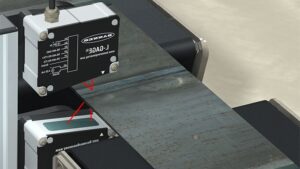
Selecting the correct sheet metal thickness can make or break a project. It defines how strong, light, and cost-efficient your product will be once it
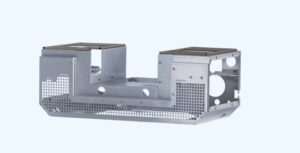
Medical equipment enclosures are not simple protective shells — they are interfaces that directly affect safety, sterility, longevity, ease of cleaning, and regulatory compliance. A

Quality control is not a final inspection step — it is the mechanism that decides whether sheet metal parts perform correctly in the field. A

Lead time affects every stage of a sheet metal job. It shapes planning, testing schedules, and how quickly a product reaches the market. When teams
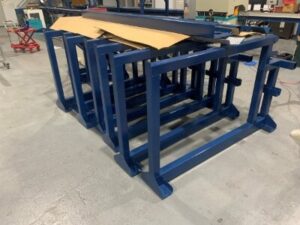
A stable machine frame protects accuracy from day one. When the base does not shift under load, the entire machine operates with smoother motion and

In many factories, robots spend more time correcting misaligned parts than assembling them. Automation only performs as well as the parts it handles. A well-designed
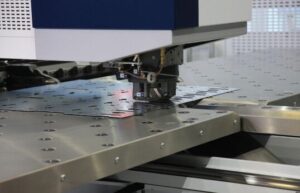
In the medical field, precision is more than a production goal — it’s a safety requirement. Even a 0.05 mm deviation in a bracket or
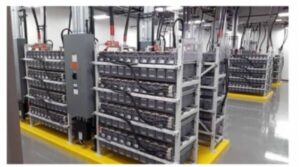
As renewable energy grows, energy-storage systems are becoming the structural and safety backbone of modern grids. Each battery cabinet or inverter housing depends on precisely

Every product needs a unique identity — a serial number, barcode, or logo that connects it to design data and service records. In industries like

Modern sheet-metal fabrication relies on two core methods: laser cutting and metal stamping. Both create precise metal parts, yet they serve very different goals in
We will contact you within 1 working day, please pay attention to the email with the suffix”@goodsheetmetal.com”